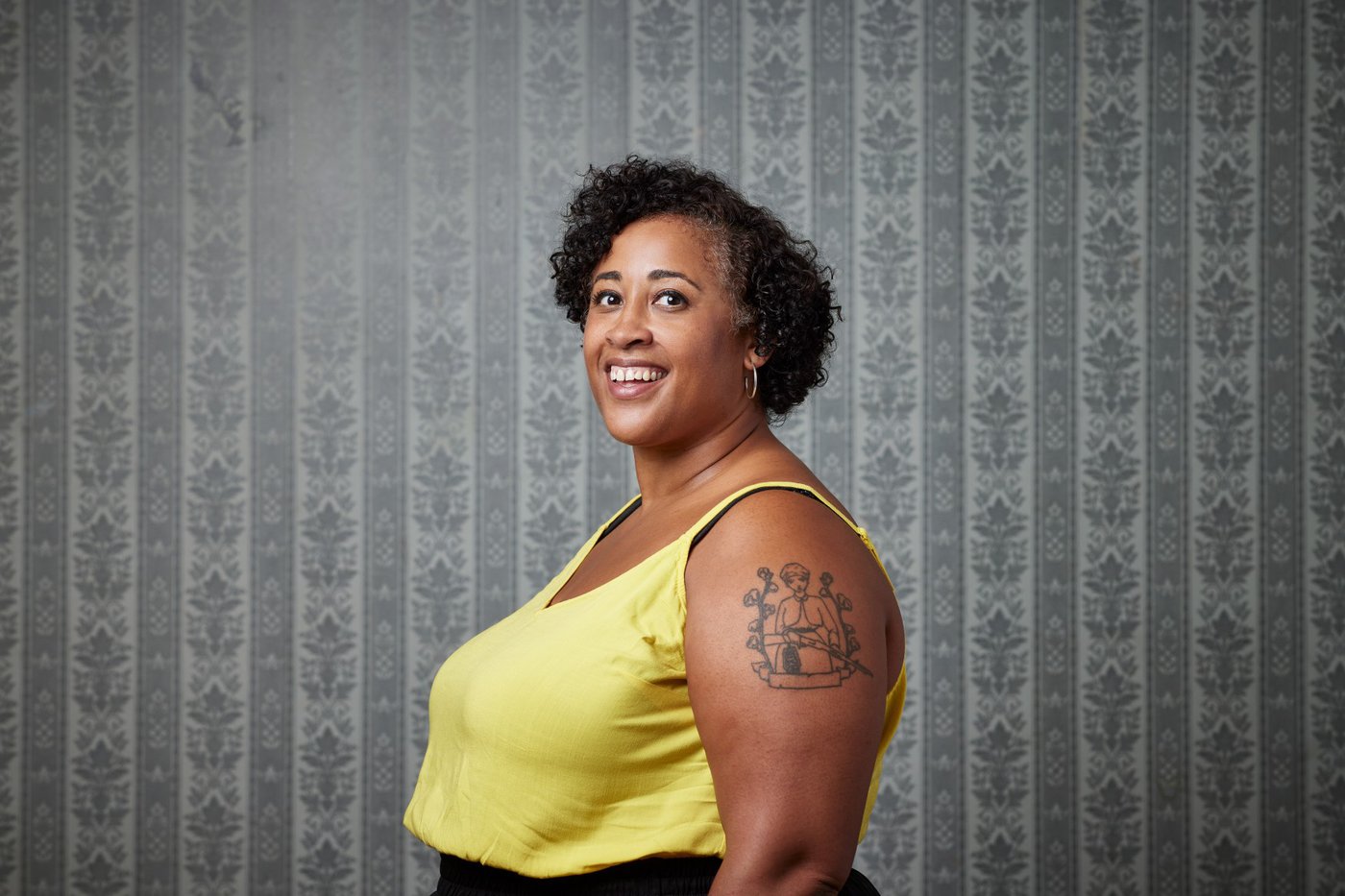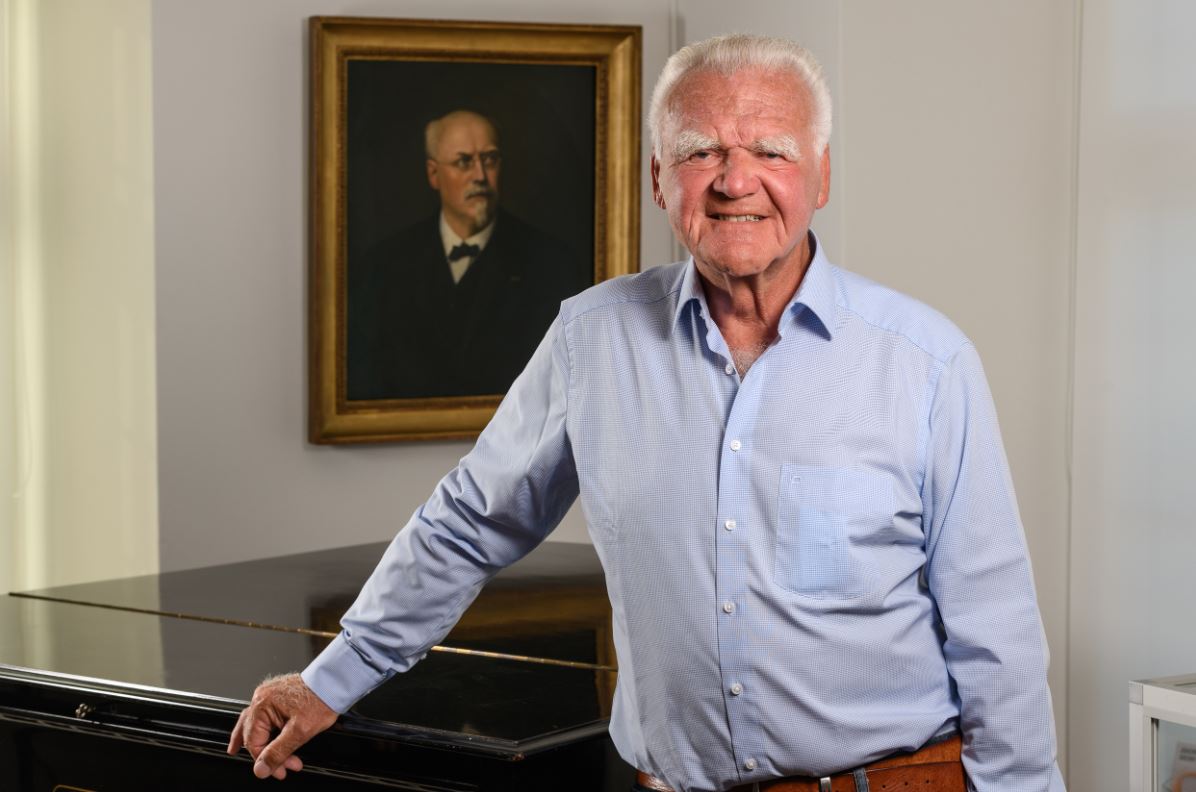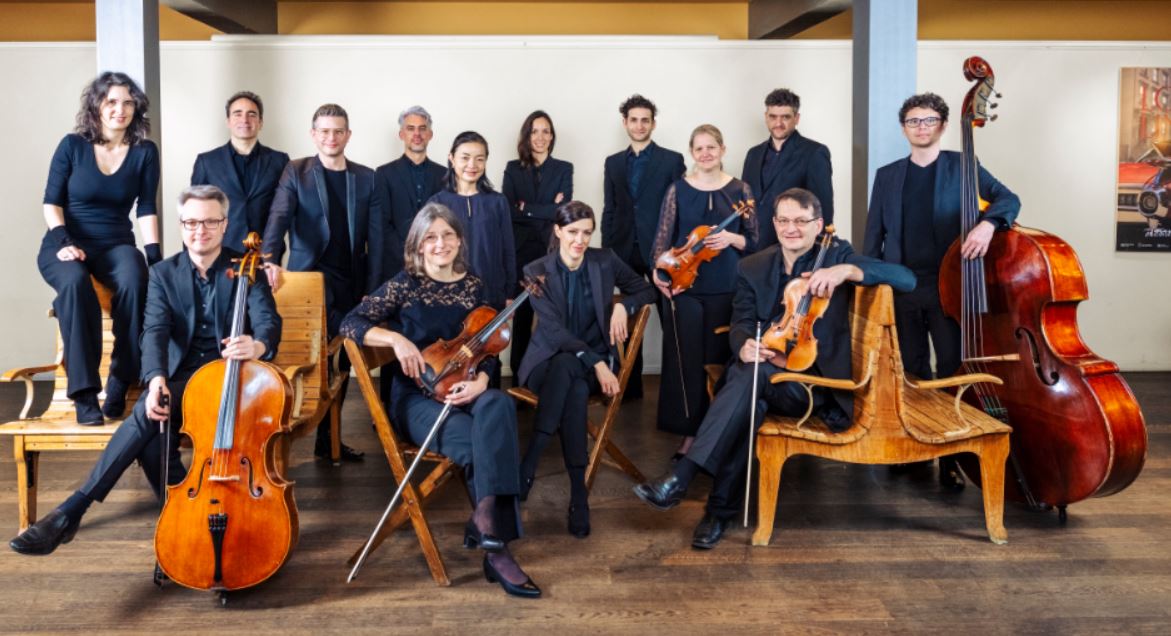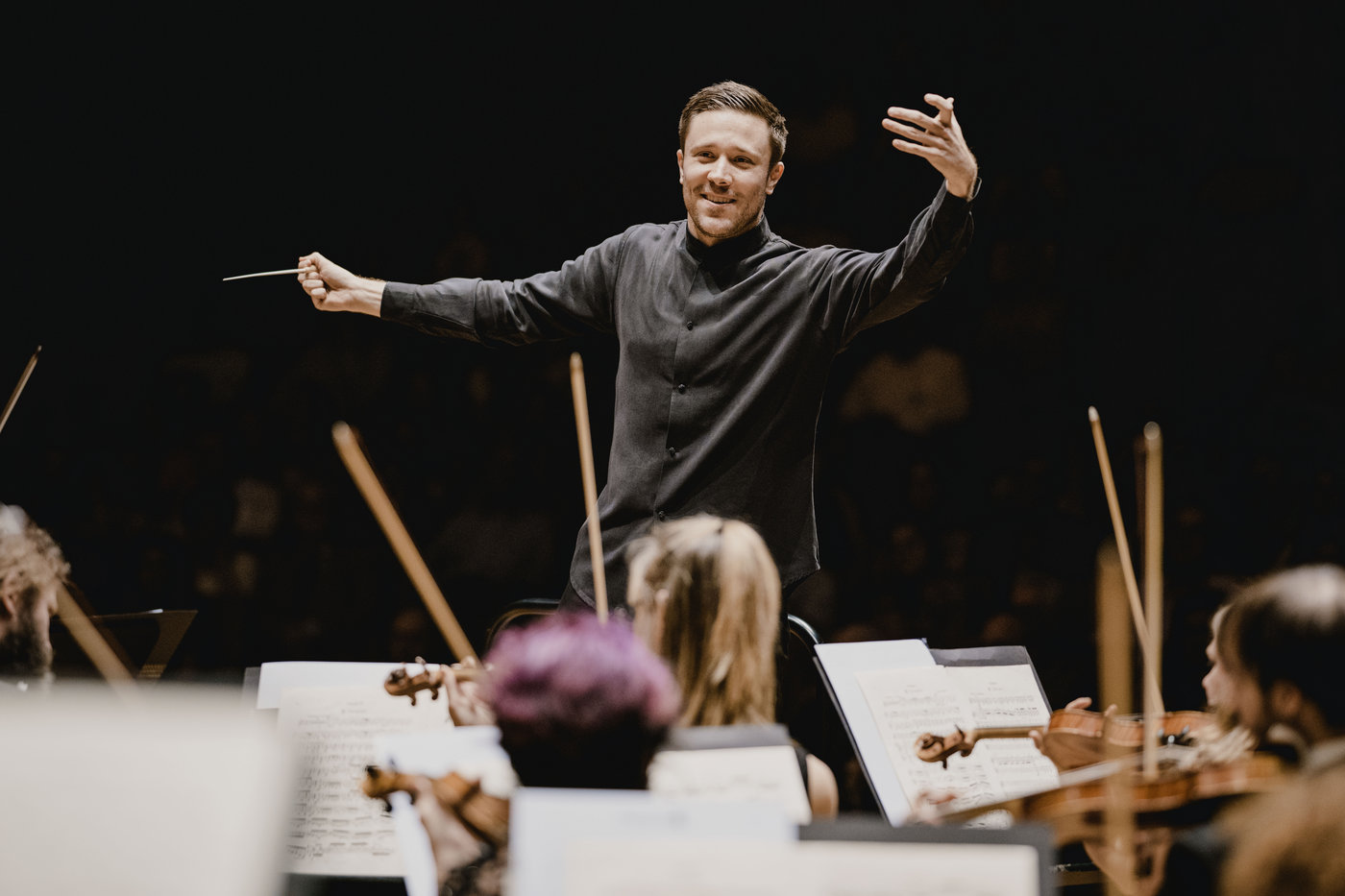Berlin Endowed Professorship for New Music
The musicology seminar at the Institute of Theater Studies at Freie Universität Berlin will be funded by the Ernst von Siemens Music Foundation with an endowed professorship for New Music from the winter semester 2023/24.

A total of 1.25 million euros will be made available for five years. To mark its 50th anniversary, the Ernst von Siemens Music Foundation invited tenders for the endowed professorship throughout the German-speaking world and has now awarded the contract to Freie Universität Berlin.
According to Freie Universität Berlin, the aim of the professorship is "to anchor contemporary music from the 20th century to the present more firmly in academic discourse, to promote the examination of contemporary music at universities and music academies and to promote research-based teaching". It will be filled in the winter semester 2023/24 and thus start at the same time as a newly planned Master's degree course in "Music, Sound, Performance".
More info: https://www.geisteswissenschaften.fu-berlin.de/we07/musik/



















